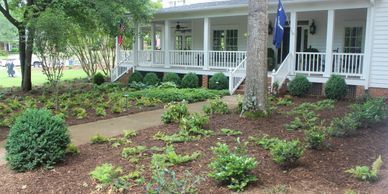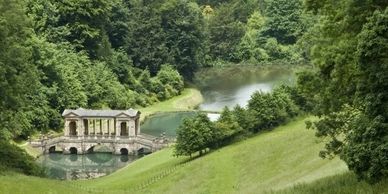Landscape Library
Exploring Nature's Canvas
Welcome to the Tyger River Outdoor Scapes

What Our Clients Know
Tyger River Outdoor Scapes delivers a space that meets the day-to-day needs of our clients at home or at their business.
Our design process starts with understanding the space’s function and its structural elements, then we detail the plant materials with an eye for color and sustainability. This is our definition of the perfect outdoor space and the basis of your plan.
It is this design philosophy that blends land and structure for comfort and convenience. Our goal is to create an amazing space that uses everything—empty spaces, parking lots, etc.—to create the desired image.
Once we are in agreement on the design, our building expertise ensures it becomes a reality—on time and on budget.
If we build it for you, what does your ‘purposeful Oasis’ look like? If you want to know the answer, contact us at (864) 430-1504 and let’s start a conversation.
This challenge and the satisfaction of converting dreams into reality are the genesis behind Tyger River.
What If You Knew What We Know?

This is the first of several articles on the science of landscape architecture.
The goal is to not invite more competitors; rather, we thought it instructive if you understood how time-honored principles can be used to convert ideas into an Oasis.
A quick overview of our Science of Landscape Architecture Series:
- What If You Knew What We Knew?
- How To Assess Your Property Before Calling Us?
- How We Use the Information to Create a Personal Oasis!
Origins of Landscape Design, Lancelot Brown

We will start at the beginning, which means Capability Brown.
Lancelot Brown was an 18th-century landscape architect and considered the founder of the ‘English Garden’ design.
Brown’s style derives from the two practical principles of comfort and elegance. Everything should work together and a landscape must provide for every need of the great house, while the landscapes have to cohere and look elegant.
Many of the great houses of England are reflections of his views.
Origins of Landscape Design, Frederick Olmsted

Moving ahead to the 19th century and Frederick Law Olmsted.
A Connecticut Yankee, he responded to the Industrial Revolution by emphasizing the importance of aesthetic sensibility to move American society towards a quality of life.
Many of America’s first public parks—the creation of green spaces offering recreational facilities—were his design-build projects. He also designed some for the first ‘suburbs’ to separate work for home and using landscapes as a way to create a sense of community.
Applying his aesthetic awareness to the grounds of private residences, he integrated gardens (like Brown) into the overall landscape design.
Origins of Landscape Design, Frank Lloyd Wright

Although he was a structural architect, Frank Lloyd Wright was influenced by the work of Brown and Olmstead.
Starting in the late 1880’s and working through the mid-century 20th Century, Wright designed his structures as integral, not separate from the land.
His organic design philosophy developed the structure from inside out. He felt it was impossible to view the building as one thing and its setting and environment another.
“The spirit in which these buildings are conceived sees all these things together as one thing.”
How To Assess Your Property - Tyger River Design

This philosophy of integrating land and structure, balancing functional use and elegance, drives everything we do at Tyger River. What does this mean for your property?
The following are some of our design considerations:
- Occupied vs Open Space: how to mix the areas occupied by flora with open space, all directed at focusing attention;
- Customized vs Natural Flora: Within the occupied space, where should we keep naturally occurring flora and where should we add the new?
- Imported vs Native Flora: what will grow in the upstate with minimal upkeep and how to mix it with native species;
- Symmetrical vs Asymmetrical use of space: given the topography of your property, how do we balance the occupation with Open Space, how do we effectively use hardscaping, and what pleases the eye?
- Flora Compatibility: which plants naturally share nutrients and create a self-sustaining relationship; and
- Natural Irrigation and the Nutrient Cycle: how much irrigation is required, what will natural rain support, and how does the property drain.
When we visit your property, these are the issues our eyes see to give us a picture of what is possible. Seldom are we starting with barren space; rather, the art is taking advantage of the current property and what improvements customization will demand. In the end, it is your Oasis. Your role is to explain it so we can see it and our role is to put paint on the canvas. Together, we will create great art.
In preparation for next week's post, here is what we need you to do.
Start inside the house, look out every window and draw us a picture of what you want to see. Then do the same from the outside. Based on your inside-looking-out images, imagine how this space looks as you look back at the house.
This is where we will start the next conversation.
Contact Information
Phone: 864-359-2360
Email: tygerkt65@gmail.com

